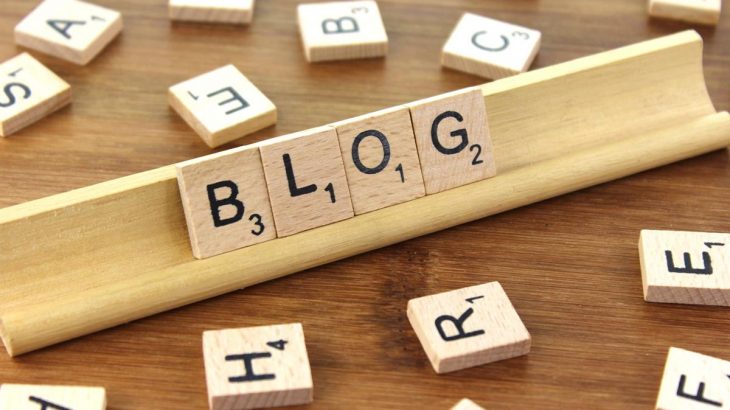Alex Chattwood, Communication, Education & Outreach editor
Like many scientists trying to make their way in science communication, I have participated in a lot of professional development workshops. A few weeks ago, I attended a workshop led by paleontologist Sara ElShafie on the application of Pixar storytelling strategies to science communication. I am very familiar with the idea of explaining science through storytelling. But, for the first time, my fellow participants were teenagers.
These teenagers are enrolled in a Vancouver-based program called Future Science Leaders and I am their instructor. Over three years, this cohort of grade 11 and 12 students learn how to conduct and communicate scientific experiments on a variety of themes, culminating in a project of their own design. Program manager Catherine Anderson says, “It’s a program I wish had been around when I was at school!” It’s a sentiment many people close to the program share, myself included.
During the workshop, ElShafie explained to the students that building a connection with the audience was the most important element in storytelling, regardless of the topic. After 10 weeks of Future Science Leaders and 5 blog posts, it is clear to me that this message resonated with the students.
“I like [blogging],” Amalia, one of the students, told me, “because I have to look for credible sources and make it interesting for someone else, as well as interesting to myself.”
The students do this in their writing by making connections: to their own experience, to everyday life and to things beyond science that other people care about. The science is still there, but the blogs don’t read like Wikipedia articles any more.
Where before students might simply report a series of facts, one after another, they now follow Ed Yong’s advice: focussing on what the reader wants to hear, adding plot twists and surprises along the way.
“I don’t want to write about some random concept I learned at school,” said Alice, “I want to learn something that’s new and relevant.” She demonstrates by telling me a story in which small sensors embedded in pills can track when patients have taken their medication. “It’s grade 8 circuits,” she said, referring to the way the sensor generates a small electric current when it comes into contact with gastric juices. In turn, this electric current is detected by a skin patch. “It’s interesting.”
This is music to the ears of program coordinator Jenny McQueen. “We do this in case [the students] grow up to be involved in science…they can help break down the divide that currently exists between academia and public life,” she writes via email. Recognizing the need to adjust content and tone based on audience is a key lesson for budding science writers. Shifting from the technical writing style demanded in academia to a more conversational style is certainly something I have had trouble with.
Seeing the students find ways to bring their personality into their science writing is one of the most gratifying things for me as an instructor. Amalia, for example, is passionate about mental health issues. Her writing tends to focus on preventing stigmatization of people with mental disorders using a ‘MythBusters’ or ‘did you know?’ approach. Alice likes to explore the science behind everyday experiences, like “How Neuroscience Explains The Popularity Of Pumpkin Spiced Lattes”. Another student, Jinwei, takes “random ideas, whatever I want to write about” (usually super-complex topics, like quantum mechanics) and writes clear and concise ‘how it works’ blog posts. Some of the more polished blog posts are published on the Future Science Leaders website.
At a time when the need for strong science communicators is increasingly important, I find it comforting that programs such as Future Science Leaders and scientist communicators like ElShafie are working to equip young people with the writing skills necessary to be successful with diverse audiences. Like Ed Yong said in a recent Science Borealis interview, “nobody has to read this crap.” These students get that now, and their writing reflects it.
–30–
Featured image by CC BY-SA 3.0 Nick Youngson




